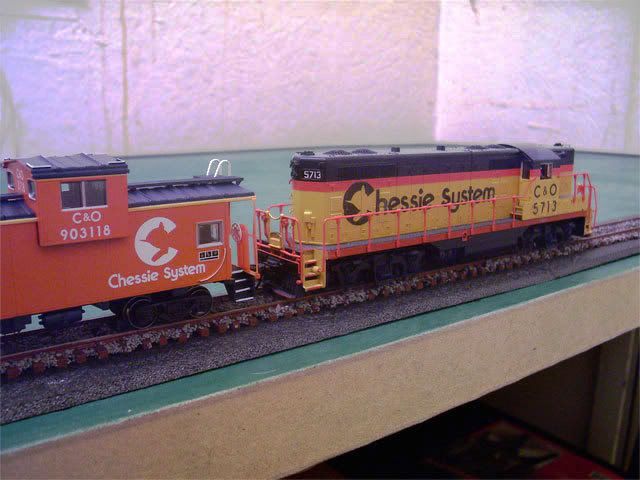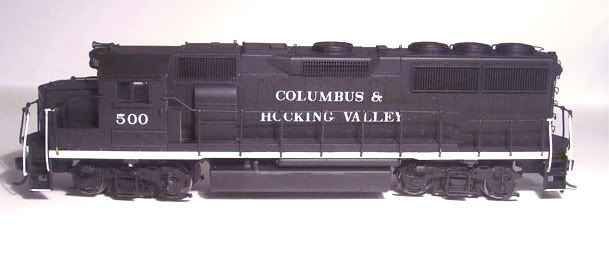After reading some of the commentary on the "License" thread, this seems like it could be an interesting and revealing issue to discuss: the eternal battle beteeen modelllng and operations.
Which is the "right way" to model - prototypical or freelance, and why?
The layout I am designing is freelance but historically accurate, based on an amalagam of railraod operations for that time and place. I am not a big fan of copying an existing prototype layout and running precisely prototypical operations. I admire those who do for their dedication and accuracy, but it just isn't my thing.
I'm more of a romantic - at least, acording to my wife! - and I like the flexibility and even the uncertainties of operations in the 1880's through the early 1900's. I guess my concept of reality is more like the Gorre & Daphaetid concept - do the best job you can with it and then have fun with it!
Which is the "right way" to model - prototypical or freelance, and why?
The layout I am designing is freelance but historically accurate, based on an amalagam of railraod operations for that time and place. I am not a big fan of copying an existing prototype layout and running precisely prototypical operations. I admire those who do for their dedication and accuracy, but it just isn't my thing.
I'm more of a romantic - at least, acording to my wife! - and I like the flexibility and even the uncertainties of operations in the 1880's through the early 1900's. I guess my concept of reality is more like the Gorre & Daphaetid concept - do the best job you can with it and then have fun with it!



